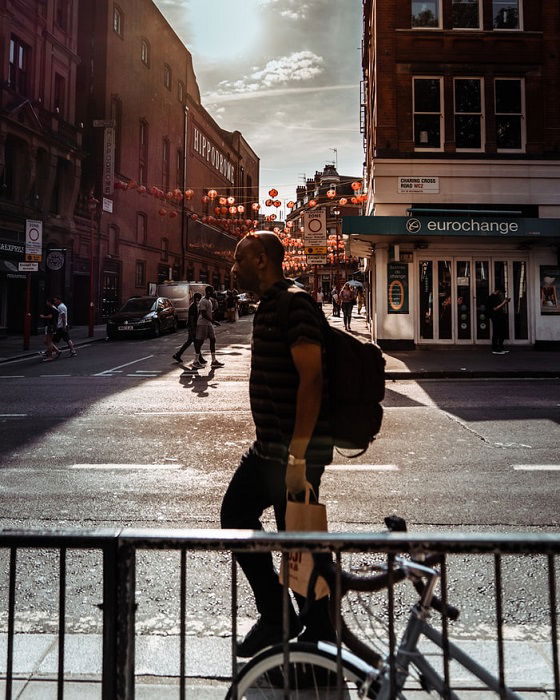Not known Details About Framing Streets
The smart Trick of Framing Streets That Nobody is Talking About
Table of Contents8 Easy Facts About Framing Streets ShownThe Only Guide for Framing StreetsFascination About Framing StreetsFraming Streets Can Be Fun For AnyoneAn Unbiased View of Framing StreetsUnknown Facts About Framing Streets
, usually with the objective of recording photos at a crucial or poignant minute by mindful framework and timing. https://www.find-us-here.com/businesses/Framing-Streets-Miami-Florida-USA/33970134/.
His boots and legs were well defined, yet he is without body or head, because these were in motion." Charles Ngre, waterseller Charles Ngre. https://www.anyflip.com/homepage/fdjwn was the very first professional photographer to obtain the technical class needed to register people in movement on the road in Paris in 1851. Photographer John Thomson, a Scotsman collaborating with reporter and social protestor Adolphe Smith, released Street Life in London in twelve month-to-month installments beginning in February 1877
Our Framing Streets Diaries
Eugene Atget is considered a progenitor, not due to the fact that he was the initial of his kind, yet as a result of the popularisation in the late 1920s of his record of Parisian roads by Berenice Abbott, who was motivated to carry out a similar documentation of New York City. [] As the city developed, Atget helped to advertise Parisian roads as a deserving subject for photography.

The 6-Second Trick For Framing Streets
The principal Mass-Observationists were anthropologist Tom Harrisson in Bolton and poet Charles Madge in London, and their first report was created as the publication "May the Twelfth: Mass-Observation Day-Surveys 1937 by over two hundred onlookers" [] Window cleaner at Kottbusser Tor, Berlin, by Elsa Thiemann c. 1946 The post-war French Humanist Institution professional photographers located their topics on the road or in the bistro. In between 1946 and 1957 Le Groupe des XV every year displayed work of this kind. Andre Kertesz. Circus, Budapest, 19 May 1920 Street digital photography developed the significant material of 2 exhibits at the Gallery of Modern Art (Mo, MA) in New York curated by Edward Steichen, Five French Photographers: Brassai; Cartier-Bresson, Doisneau, Ronis, Izis in 1951 to 1952, and Post-war European Photography in 1953, which exported the concept of road photography worldwide.

How Framing Streets can Save You Time, Stress, and Money.
, then an instructor of young kids, associated with Evans in 193839.'s 1958 book,, was considerable; raw and frequently out of emphasis, Frank's pictures examined traditional digital photography of the time, "challenged all the formal policies laid down by Henri Cartier-Bresson and Pedestrian Evans" and "flew resource in the face of the wholesome pictorialism and wholehearted photojournalism of American publications like LIFE and Time".